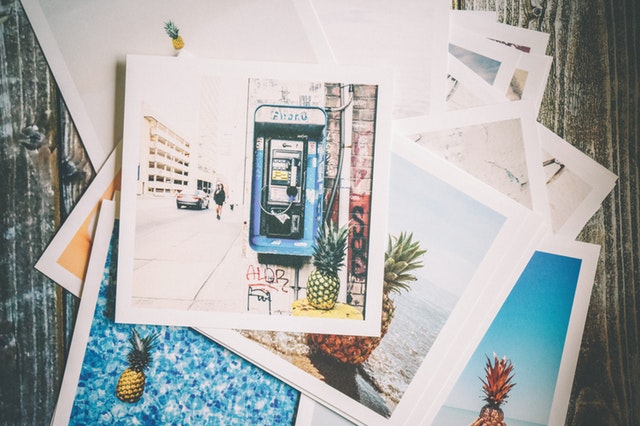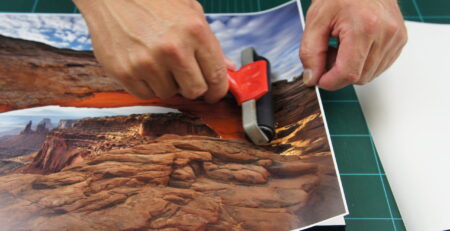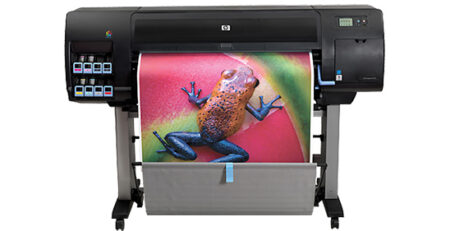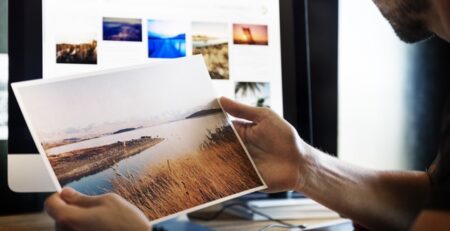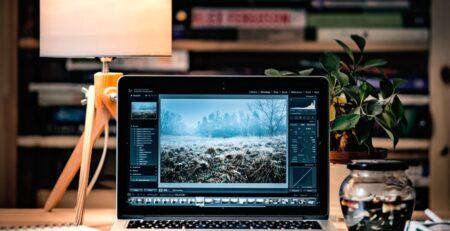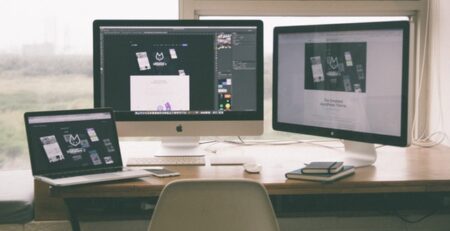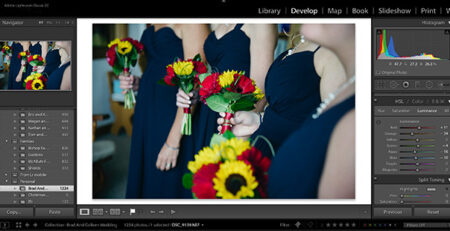Digital photography has changed the game — but as more and more photos live on hard drives, fewer images are making the cut to become actual physical prints. As new photographers learn digital photography, they also have to learn photo printing. Printing a photo can change the colors, make mistakes stand out and make small resolutions obvious. Like any new skill, beginners are bound to stumble a bit — so what are the most common photo printing mistakes new photographers make? Here are five of them.
Not printing any photos.
Just because digital photos can exists entirely in pixels doesn’t mean they shouldn’t. Printing photos is a way to showcase your artwork and even prevent a hard drive failure from destroying your favorites. But, printing photos can also be a learning tool. Sometimes, mistakes are easier to see in printed form. A shot that’s just out of focus or a composition that was cropped in too closely — those are all easier to spot, and then correct for next time, printed on paper. Whether it’s an album full or larger wall prints, don’t make the mistake of never printing any of your favorite photos.
Printing too small.
Any print is better than no prints, but new photographers tend to err on the side of too little. When it comes to wall art, larger prints make a much bigger impact. If you’re not sure which photo should dominate the largest area of that wall, printing a few small images first is fine, but don’t top out all your prints at an 8×10. Favorite photos deserve to go even larger.
Failing to check the resolution.
More pictures should be printed, and more photos should be printed larger — but not every image can be. Before you print, make sure the resolution will accommodate that print size. Most DSLRs can accommodate pretty large prints, but if the image was cropped or shot on a smartphone or point-and-shoot, be sure to check that resolution first.
Not color correcting.
Colors from a screen don’t always translate 100 percent to the printed surface. The difference between screen and paper can be remedied with a color collaboration device and software for each screen. Or, when using a printing service, checking the option for color correction, often for a small fee. Color corrected photos will pop that much more in print form.
Not experimenting with materials.
Sure, photos on paper are pretty cheap, but don’t stop there. Photos can be printed on a number of different materials from the more traditional canvas to the newer options like wood, metal and glass. Each medium has subtle differences that can enhance that particular photo, as well as blending better with the surrounding decor.
Photos shouldn’t exist only in megapixels — but making printing mistakes can be pretty expensive. To get the best results the first time, avoid those newbie printing mistakes and print your shots, print larger photos, check the resolution, color correct and experiment with different materials. Happy printing!
